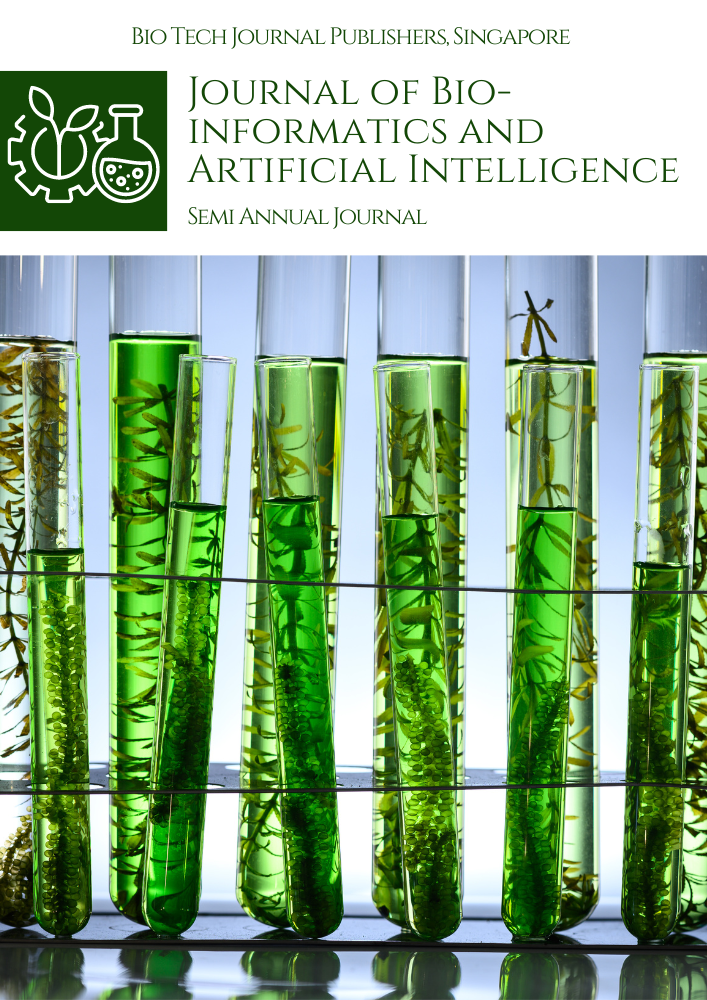Abstract
The emergence of autonomous vehicles (AVs) has ushered in a new era of transportation, promising to revolutionize urban mobility, enhance safety on the roads, and alleviate traffic congestion. However, realizing this potential hinges on the development of robust and reliable perception, planning, and control systems. Deep learning, a subfield of artificial intelligence characterized by its ability to learn complex patterns from large datasets, has emerged as a powerful tool for addressing these challenges. This paper delves into the application of deep learning techniques to the critical components of autonomous driving: object detection, path planning, and safety assurance.
Object detection, a foundational task in autonomous driving, entails the accurate identification and localization of surrounding entities, such as pedestrians, vehicles, and traffic signs. Convolutional Neural Networks (CNNs) have become the workhorse for object detection due to their proficiency in extracting spatial features from images. Pioneering architectures like Faster R-CNN, YOLO, and SSD have achieved remarkable performance, pushing the boundaries of accuracy and real-time processing. This paper explores the evolution of object detection algorithms, including advancements in multi-object tracking, which enables the AV to maintain a consistent track of multiple objects simultaneously, instance segmentation, a technique that goes beyond bounding boxes to delineate the exact pixel-wise outline of each object, and 3D object detection, crucial for accurate depth perception and obstacle avoidance in complex environments. Furthermore, the paper examines the integration of sensor fusion techniques, which combine data from various sensors like lidar and radar with camera-based information, to enhance object detection robustness under adverse weather conditions (e.g., rain, fog) and challenging lighting scenarios (e.g., nighttime, headlights).
Path planning, another critical aspect of autonomous driving, involves generating safe and efficient trajectories for the vehicle to follow while navigating the road network. Deep reinforcement learning (DRL) has emerged as a promising approach in this domain. DRL algorithms enable vehicles to learn optimal navigation policies through trial-and-error interaction with a simulated environment. This paper investigates various DRL algorithms, including Deep Q-Networks (DQN), a foundational DRL architecture, Policy Gradient methods, which directly optimize the policy function of the agent, and Actor-Critic architectures, which combine the benefits of both DQN and Policy Gradient methods. Additionally, the paper explores the incorporation of model predictive control (MPC) with deep learning for real-time trajectory optimization. MPC leverages a dynamic model of the vehicle to predict its future behavior and iteratively refines the planned trajectory based on sensor feedback, ensuring smooth and safe navigation in real-world driving scenarios.
Safety is paramount in the development and deployment of autonomous vehicles. This paper examines deep learning-based approaches to safety assurance, with a focus on anomaly detection, fault diagnosis, and collision avoidance. Recurrent Neural Networks (RNNs) and Long Short-Term Memory (LSTM) networks are particularly well-suited for these tasks due to their ability to model temporal dependencies in sensor data. LSTMs can effectively analyze sequences of sensor readings to identify anomalous patterns that deviate from normal driving behavior, potentially indicating impending hazards. The paper explores the application of LSTMs for anomaly detection in various sensor modalities, including lidar, radar, and cameras. Additionally, the role of generative adversarial networks (GANs) in generating synthetic training data for safety-critical scenarios is investigated. GANs can create realistic and diverse driving scenarios that may be difficult or expensive to capture in the real world. This synthetic data can be used to train deep learning models for robust anomaly detection and improve the system's preparedness for handling unforeseen situations.
This paper provides a comprehensive overview of deep learning techniques for object detection, path planning, and safety assurance in autonomous vehicles. It highlights the state-of-the-art advancements, discusses implementation challenges, and explores future research directions. By addressing these critical components, deep learning has the potential to accelerate the development of safe and reliable autonomous driving systems.
References
J. Singh, “Autonomous Vehicle Swarm Robotics: Real-Time Coordination Using AI for Urban Traffic and Fleet Management”, Journal of AI-Assisted Scientific Discovery, vol. 3, no. 2, pp. 1–44, Aug. 2023
Amish Doshi, “Integrating Reinforcement Learning into Business Process Mining for Continuous Process Adaptation and Optimization”, J. Computational Intel. & Robotics, vol. 2, no. 2, pp. 69–79, Jul. 2022
Saini, Vipin, Dheeraj Kumar Dukhiram Pal, and Sai Ganesh Reddy. "Data Quality Assurance Strategies In Interoperable Health Systems." Journal of Artificial Intelligence Research 2.2 (2022): 322-359.
Gadhiraju, Asha. "Regulatory Compliance in Medical Devices: Ensuring Quality, Safety, and Risk Management in Healthcare." Journal of Deep Learning in Genomic Data Analysis 3.2 (2023): 23-64.
Tamanampudi, Venkata Mohit. "NLP-Powered ChatOps: Automating DevOps Collaboration Using Natural Language Processing for Real-Time Incident Resolution." Journal of Artificial Intelligence Research and Applications 1.1 (2021): 530-567.
Amish Doshi. “Hybrid Machine Learning and Process Mining for Predictive Business Process Automation”. Journal of Science & Technology, vol. 3, no. 6, Nov. 2022, pp. 42-52, https://thesciencebrigade.com/jst/article/view/480
J. Singh, “Advancements in AI-Driven Autonomous Robotics: Leveraging Deep Learning for Real-Time Decision Making and Object Recognition”, J. of Artificial Int. Research and App., vol. 3, no. 1, pp. 657–697, Apr. 2023
Tamanampudi, Venkata Mohit. "Natural Language Processing in DevOps Documentation: Streamlining Automation and Knowledge Management in Enterprise Systems." Journal of AI-Assisted Scientific Discovery 1.1 (2021): 146-185.
Gadhiraju, Asha. "Best Practices for Clinical Quality Assurance: Ensuring Safety, Compliance, and Continuous Improvement." Journal of AI in Healthcare and Medicine 3.2 (2023): 186-226.

